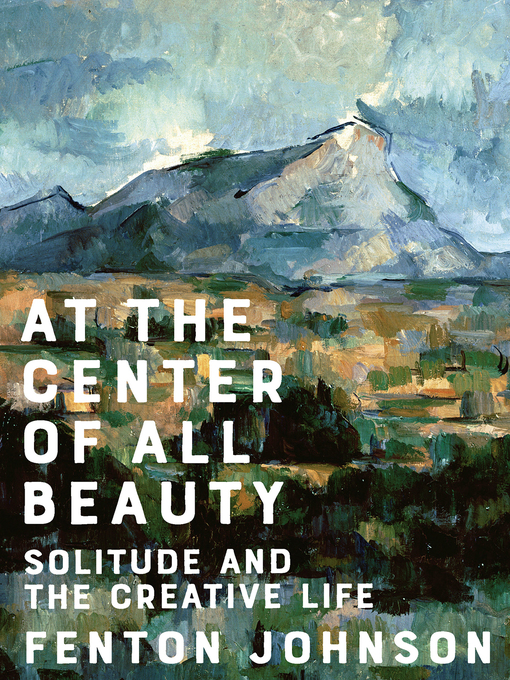"A treasure that I didn't know I was looking for." —Rabih Alameddine, author of The Angel of History
Fenton Johnson's lyrical prose and searching sensibility explore what it means to choose solitude and to celebrate the notion that solitude is a legitimate and dignified calling. He delves into the lives and works of nearly a dozen iconic solitaries he considers his kindred spirits, from Thoreau at Walden Pond and Emily Dickenson in Amherst, to the fiercely self-protective Zora Neale Hurston. The bright wakes these figures have left behind illuminate Fenton Johnson's journey from his childhood in rural Kentucky to his solitary travels in America, France, and India. Woven into his musings about better-known solitaries are stories of friends and family he has lost and found along the way."


